1. McDonald’s Arch Deluxe
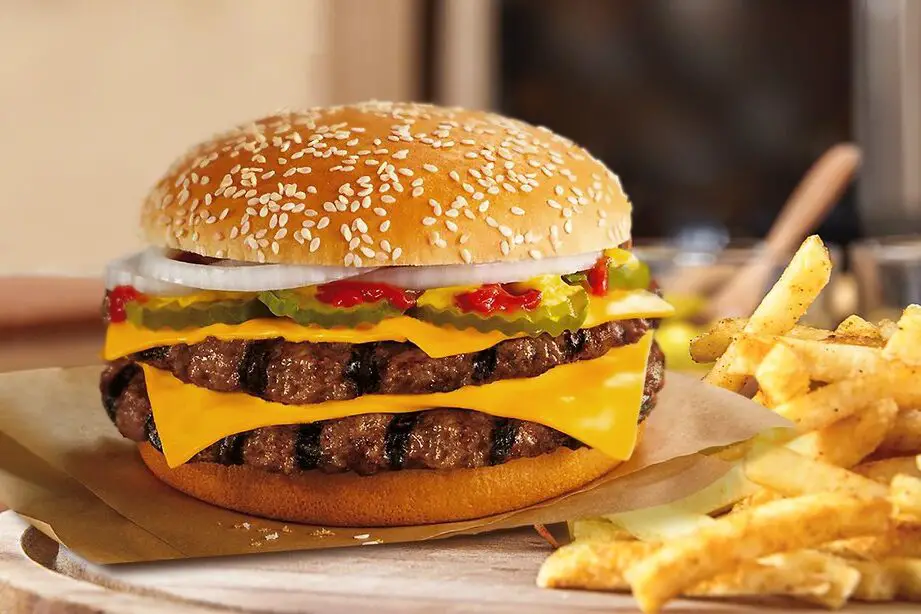
In the ’90s, McDonald’s tried to upscale their offerings with the Arch Deluxe, a gourmet burger aimed at adult tastes. Marketed as a “sophisticated” option with a special sauce, the burger failed to attract the crowd they hoped for, leaving many puzzled about its appeal. Despite all the hype and a hefty marketing campaign, the Arch Deluxe didn’t quite hit the mark. The fancy flavors just didn’t seem to mesh with the quick-service vibe McDonald’s is known for.
In the end, McDonald’s pulled the plug on the Arch Deluxe in just a few years. What was supposed to be their big push into the “grown-up” fast food market became an embarrassing misstep. The burger is now a forgotten chapter in fast food history, remembered more for its lack of success than for any innovative flavor. It’s a reminder that not every experiment in sophistication works when it comes to comfort food.
2. Taco Bell’s Seafood Salad
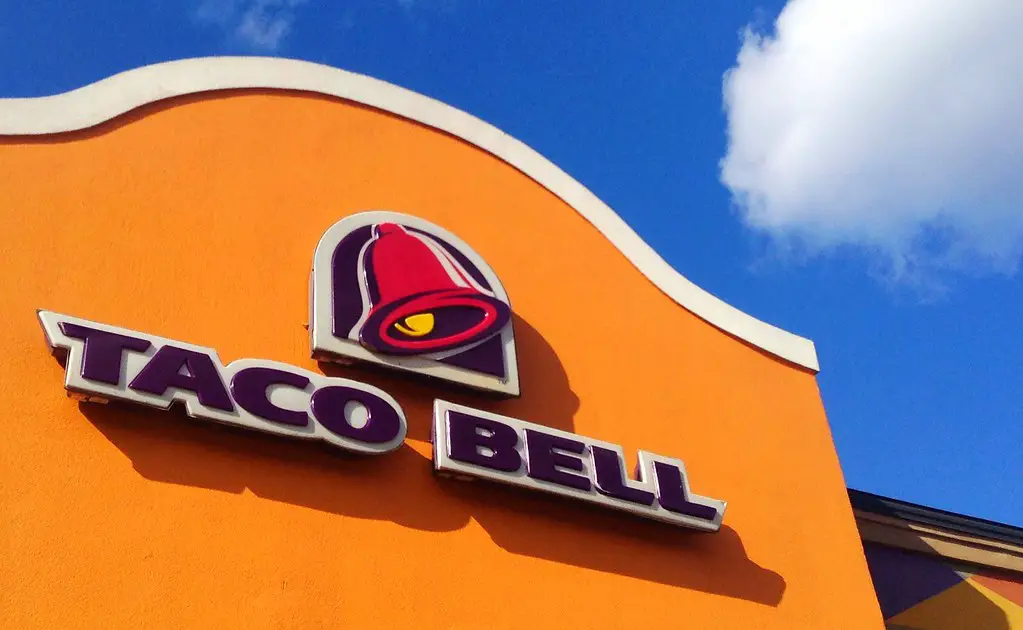
Taco Bell is no stranger to wild menu items, but their Seafood Salad was one of the strangest. This limited-time offering in the ’80s featured a mix of shrimp, lettuce, and creamy dressing, all wrapped up in a taco shell. While Taco Bell’s reputation for pushing boundaries is well-established, this one simply didn’t work. Seafood doesn’t exactly scream “fast food,” and many customers were skeptical of shrimp served in a fast food setting.
It wasn’t long before the Seafood Salad disappeared from Taco Bell’s menu, never to be seen again. The combination of seafood with the standard fast food setup just didn’t resonate with their customer base. It was a brave attempt, but the experiment ended up in the “forgettable” category, serving as a cautionary tale of what happens when fast food chains stray too far from their roots.
3. Burger King’s Satisfries
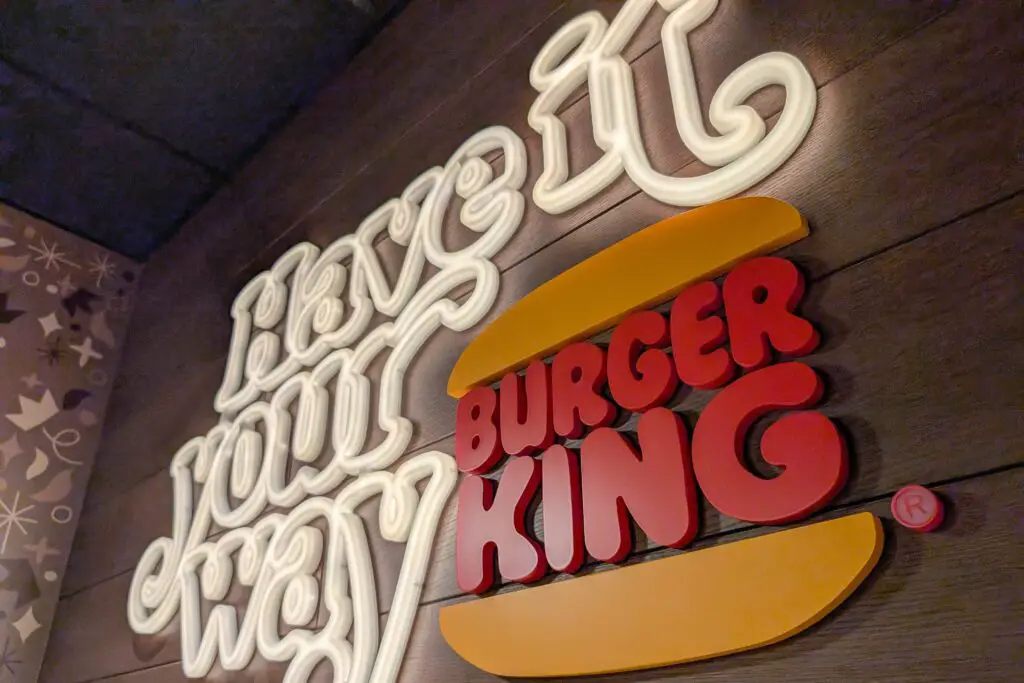
In 2013, Burger King introduced Satisfries, an attempt to offer a healthier version of their regular fries. These crinkle-cut fries were touted as being lower in fat and calories, but the taste was far from satisfying. The coating they used to make them crispier ended up making the fries soggy faster, leading to disappointed customers. Not only did they fail to impress taste-wise, but many also questioned whether a fast food chain should be pushing healthier options in the first place.
Despite the marketing push and the promise of a healthier alternative, Satisfries quickly faded into fast food history. Consumers weren’t buying into the idea, and Burger King eventually pulled them off the menu. The whole concept felt out of place, and it turned out that customers preferred their fries as indulgent and crispy as ever.
4. McDonald’s McDLT
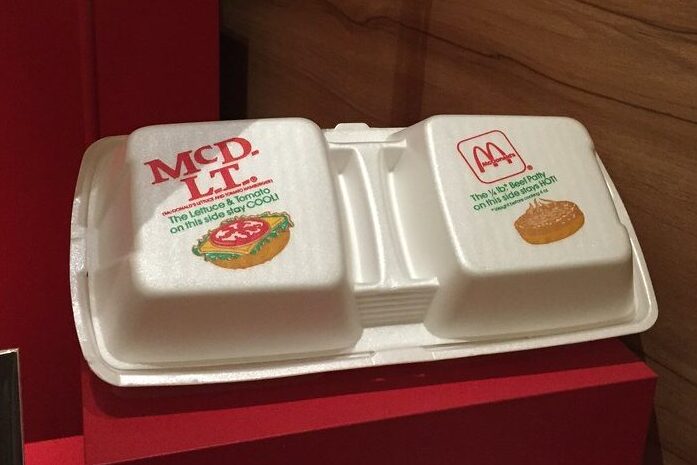
The McDLT was one of McDonald’s most ambitious (and short-lived) experiments in the ’80s. The burger came with a unique twist: the lettuce and tomato were kept in a separate compartment to keep them fresh until you were ready to assemble the burger. The whole idea was to ensure that customers could enjoy a fresh, crunchy McDLT without soggy veggies.
While the innovation seemed promising, the burger never took off as McDonald’s hoped. The packaging itself was bulky and wasteful, which became a significant issue in an increasingly eco-conscious world. Not only that, but the added step of assembling your own burger didn’t quite mesh with the convenience McDonald’s is known for. The McDLT vanished from the menu after just a few years, leaving behind a plastic clamshell and a lesson in overcomplicating simplicity.
5. Pepsi’s Crystal Pepsi
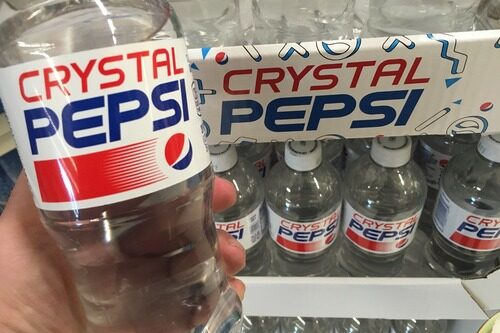
In the early ’90s, Pepsi launched Crystal Pepsi, a transparent soda that promised all the flavor of Pepsi without the color. The novelty of a clear cola intrigued consumers, but the taste didn’t quite match up to expectations. Many people felt that it was too similar to the original Pepsi, but without the satisfying look of a traditional cola. In fact, the weirdness of it all left some customers scratching their heads rather than reaching for another bottle.
Crystal Pepsi fizzled out in less than a year, with Pepsi discontinuing it in 1994. Though it has experienced a brief comeback in the years since, it never found the lasting success Pepsi had hoped for. The concept of a clear cola was simply too much of a gimmick to become a staple. Today, it remains a pop culture curiosity that many would prefer to forget.
6. McDonald’s Hula Burger
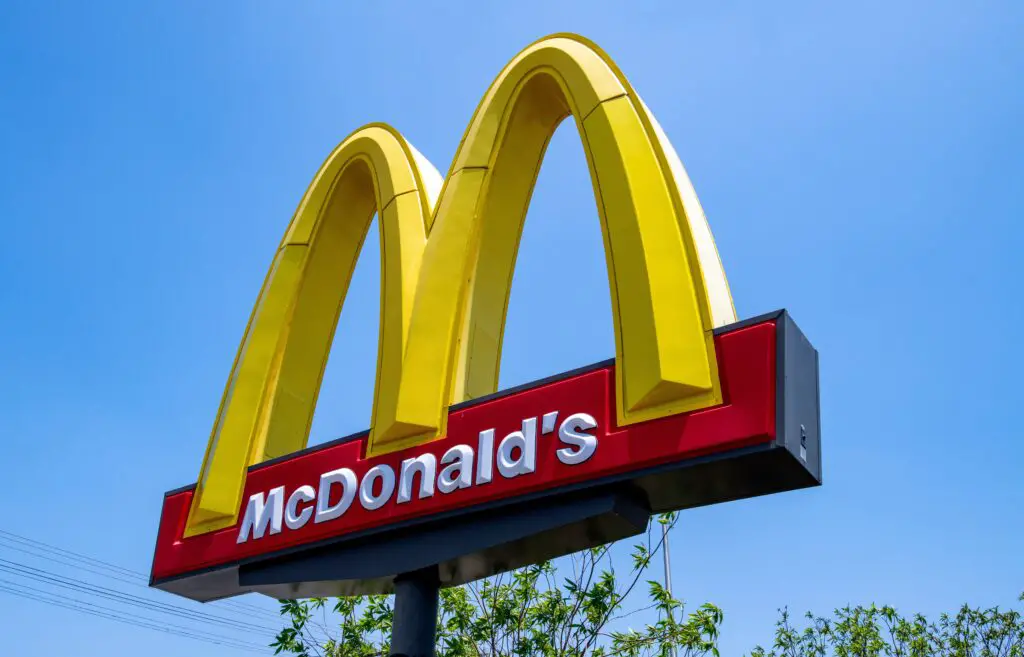
The Hula Burger, introduced by McDonald’s in the ’60s, was a failed attempt to appeal to Catholics abstaining from meat on Fridays. The idea was simple: replace the beef patty with a slice of grilled pineapple, creating a “tropical” alternative. Despite the novelty, the Hula Burger failed to catch on, especially when compared to the popular Filet-O-Fish, which was McDonald’s other solution to the Friday fish sandwich dilemma.
The Hula Burger never made it past its initial test run. McDonald’s quickly realized that the appeal of pineapple as a burger topping wasn’t as universal as they hoped. The Hula Burger remains one of the more bizarre chapters in McDonald’s history, offering a glimpse into the company’s occasional missteps when experimenting with new ideas.
7. Burger King’s Fries with Special Sauce
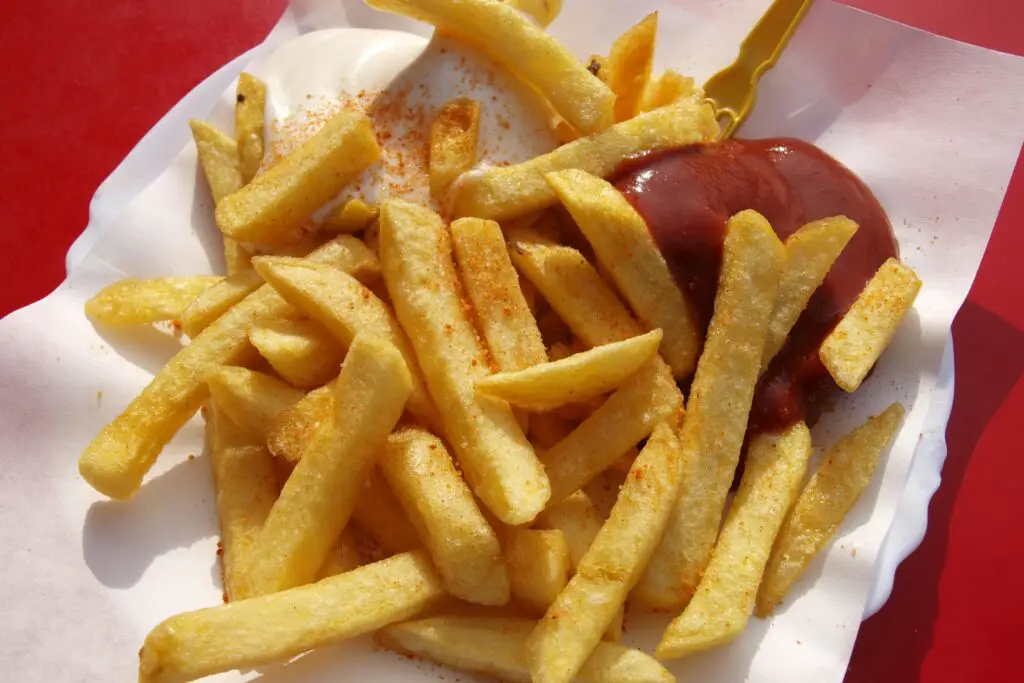
Burger King’s attempt at a special sauce for their fries didn’t exactly hit the spot when it was introduced in the ’90s. The concept was simple: a dipping sauce that was meant to elevate the flavor of their fries. While many fast food chains have their signature sauces, this particular offering felt a bit unnecessary and failed to gain much traction.
The combination of a decent but unspectacular sauce with fries that didn’t quite match up to other fast food offerings left many disappointed. The special sauce was phased out quickly, and the experiment was largely forgotten. It served as a reminder that, sometimes, fast food innovations don’t need extra flair—what customers want is the simple stuff done right.
8. Taco Bell’s Beefy Potato Burrito
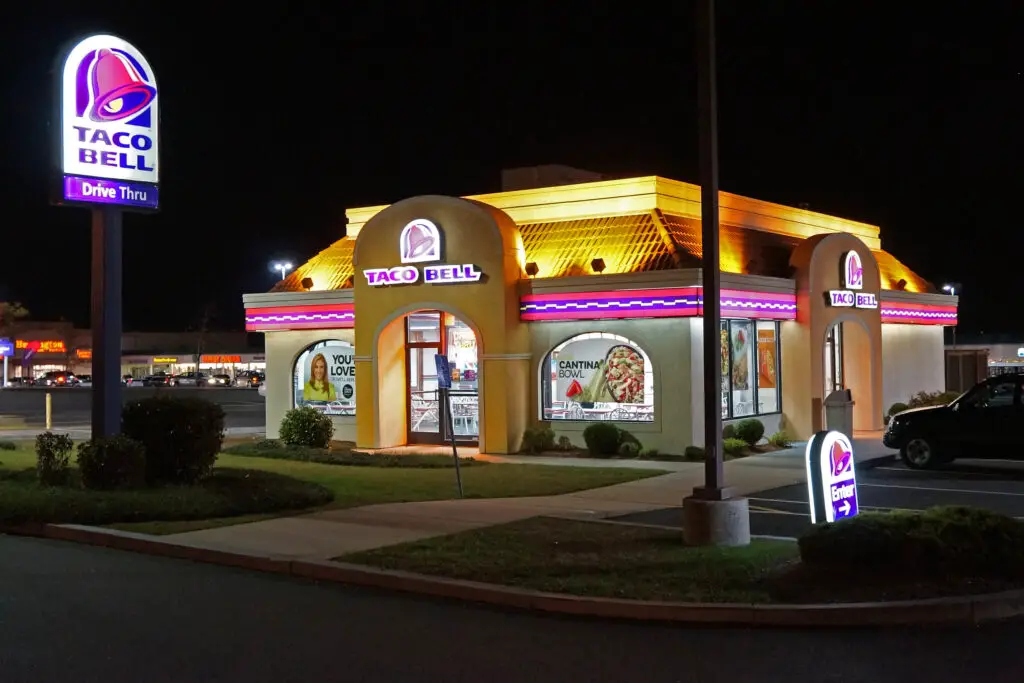
Taco Bell has always been known for its eccentric creations, but the Beefy Potato Burrito was one of their more forgettable attempts. Launched in the ’00s, this burrito combined beef, potatoes, cheese, and sour cream in a flour tortilla. While it may have sounded fine on paper, the combination of ingredients ended up being lackluster. The potatoes, in particular, felt out of place, making the whole burrito feel like it was trying too hard to be something it wasn’t.
The Beefy Potato Burrito was soon retired, disappearing quietly from the menu. Though Taco Bell frequently experiments with new ingredients and flavors, this one didn’t stick. It serves as a good example of how certain trends—no matter how unusual—just don’t take off in the fast food world.
9. McDonald’s McLobster
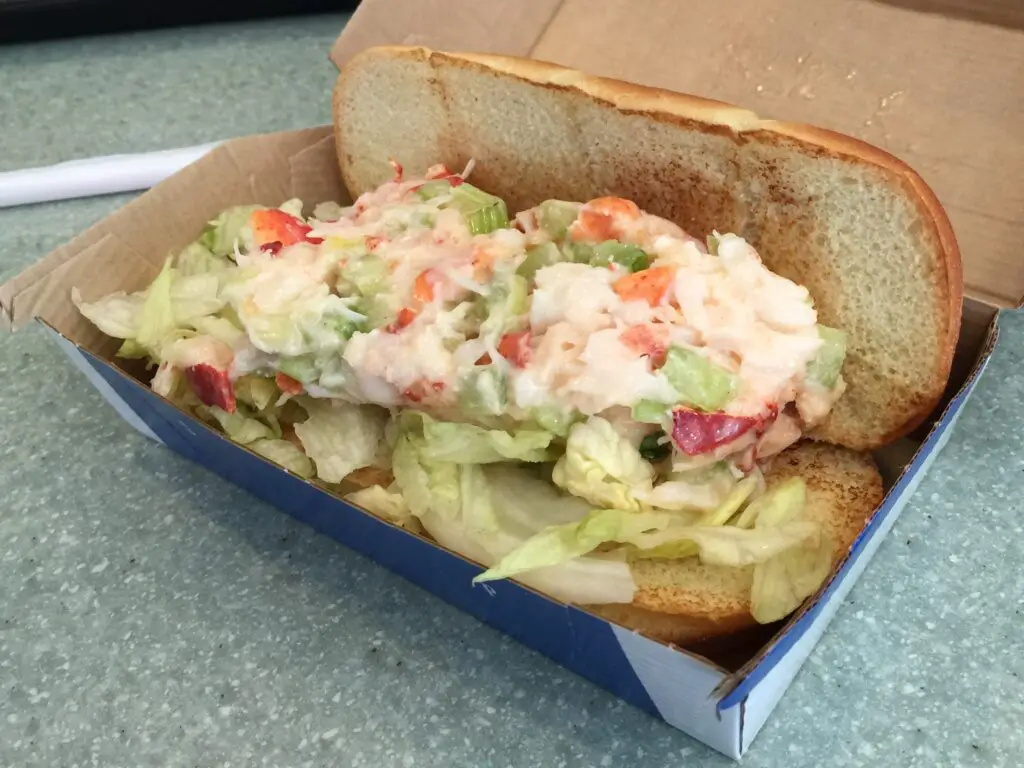
In the ’90s, McDonald’s decided to go upscale again with the McLobster sandwich, a limited-time offering featuring lobster meat. The sandwich was introduced in select New England markets, but it didn’t catch on as expected. The concept of a fast food lobster roll seemed appealing to some, but the lobster itself was bland and lacked the freshness one would expect from seafood.
The McLobster quickly faded from McDonald’s menu, becoming one of their more curious experiments. While some people enjoyed the novelty, others simply couldn’t wrap their heads around eating lobster at a fast food restaurant. It turns out that not all seafood works well in the fast food format, and McDonald’s learned that lesson the hard way.
10. KFC’s “Chicken Little” Sandwich
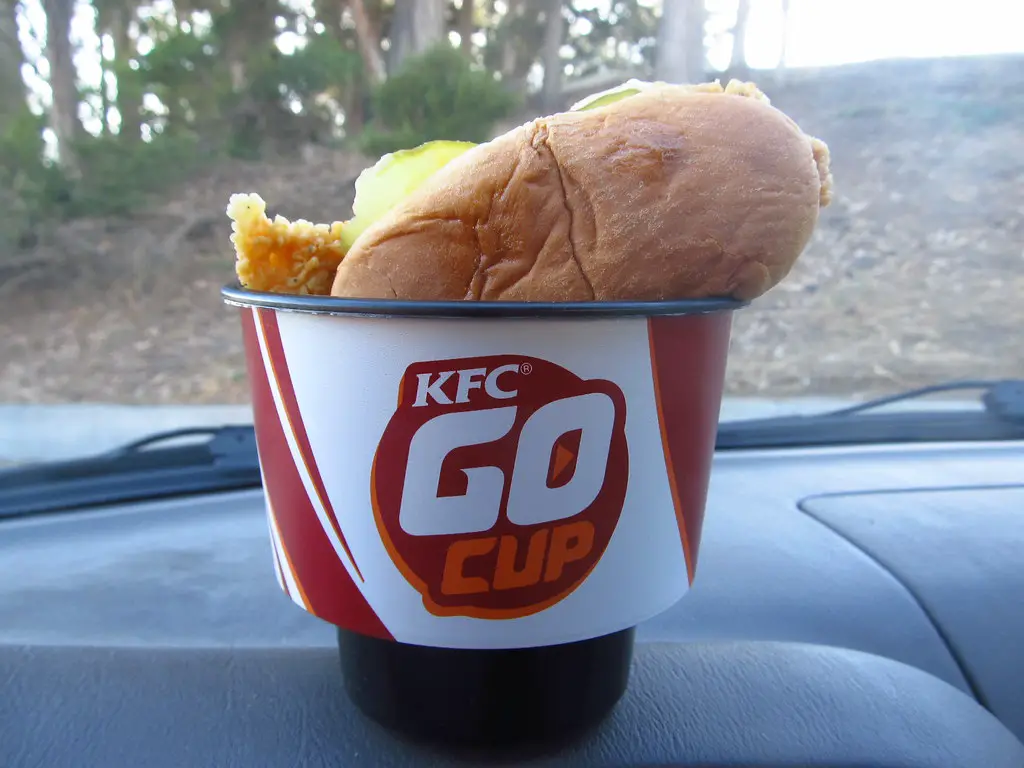
KFC’s Chicken Little sandwich was a small, bite-sized version of a chicken sandwich, designed for those looking for a quick snack. It debuted in the early ’80s, but the concept didn’t stick. The sandwich was criticized for being too small, with not enough chicken to justify the price. Additionally, it didn’t offer anything new or exciting compared to the regular chicken offerings that KFC already had.
Despite its initial buzz, the Chicken Little quickly disappeared from KFC’s menu. It wasn’t until years later that KFC would revisit the idea of small, snack-sized sandwiches, but the original Chicken Little wasn’t remembered fondly. Sometimes, simplicity can work, but in this case, KFC’s attempt to downsize missed the mark.
11. Wendy’s Sea Salt Fries

Wendy’s jumped on the trend of offering healthier, gourmet options in the mid-2000s with their Sea Salt Fries. The fries were marketed as a more sophisticated alternative to regular fast food fries, but customers didn’t take the bait. The sea salt didn’t provide enough of a distinct flavor to justify the change, and many customers simply preferred the classic, crispy fries Wendy’s had been serving for years.
The Sea Salt Fries didn’t last long, vanishing quietly from the menu after just a few years. While Wendy’s has since improved its fry offerings, this particular attempt was a rare misstep. It serves as a reminder that when it comes to fries, sometimes, sticking with what works is the best approach.
12. Burger King’s “Black Bun” Burger
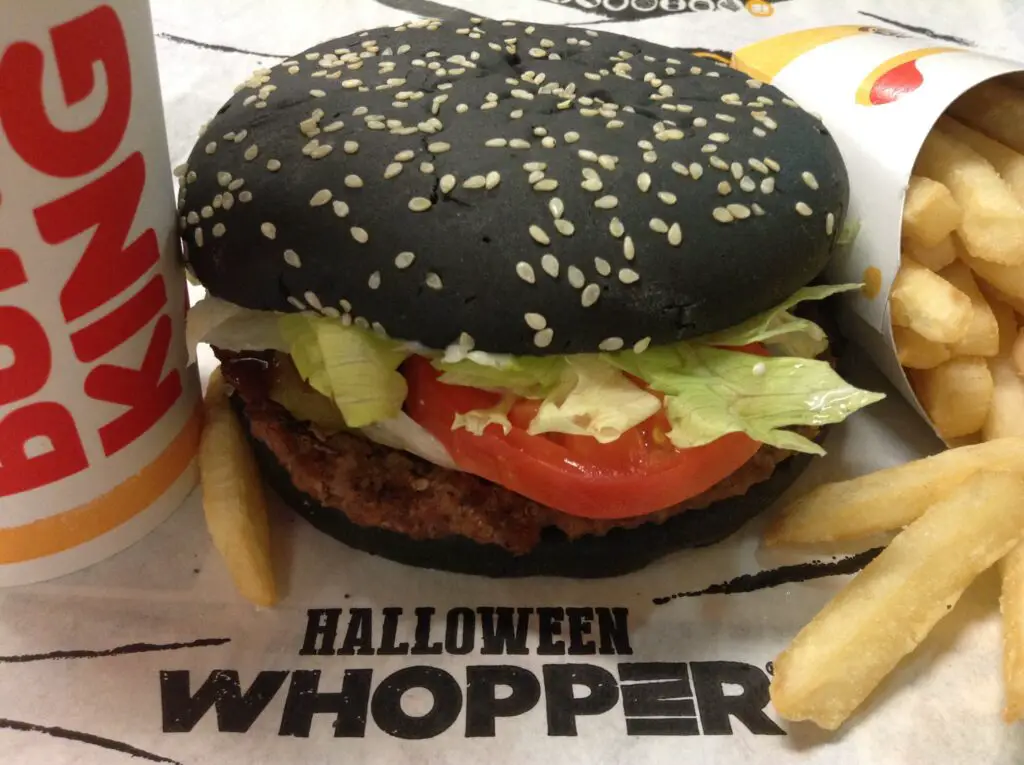
Burger King tried to get creative with the “Black Bun” Burger in 2015, featuring a black-colored bun in an attempt to create a visual spectacle. The black bun, made with squid ink, was a bold move, but it quickly became a gimmick that left people confused rather than impressed. While the burger was visually striking, the taste was simply not up to par, with many people not enjoying the added flavor of the bun.
The Black Bun Burger was a one-off item that vanished faster than you could say “squid ink.” The novelty factor wore off quickly, and the product failed to capture a lasting audience. It was a bold attempt, but sometimes, focusing too much on appearance can overshadow the basic quality that makes fast food great.
13. Taco Bell’s “Waffle Taco”
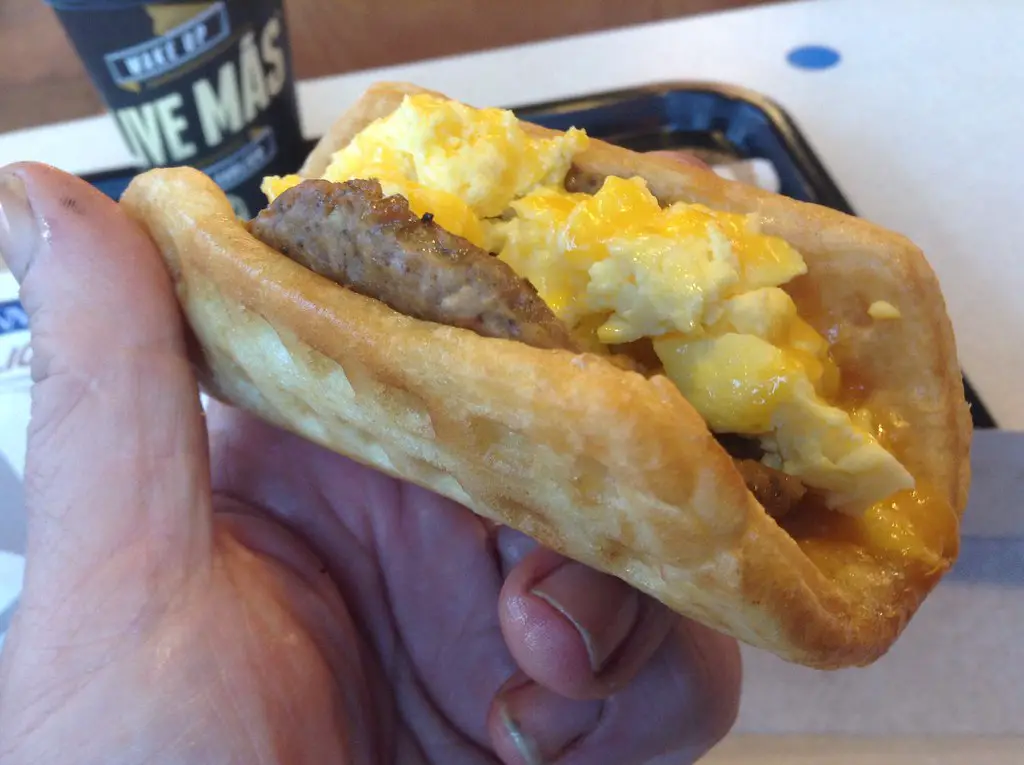
Taco Bell’s Waffle Taco was part of their short-lived breakfast menu experiment, launched in the 2010s. The idea of wrapping breakfast items like eggs and sausage in a waffle seemed interesting, but it didn’t take off as Taco Bell hoped. The waffle, while unique, wasn’t sturdy enough to hold up to the fillings, and the texture clash left many consumers unimpressed.
The Waffle Taco was soon relegated to Taco Bell’s past, leaving behind a trail of half-eaten waffles and scrambled eggs. The breakfast menu at Taco Bell has evolved since, but the Waffle Taco is largely remembered as an oddity rather than a success. It was an ambitious idea, but the execution didn’t win over many fans.
14. McDonald’s McHotDog
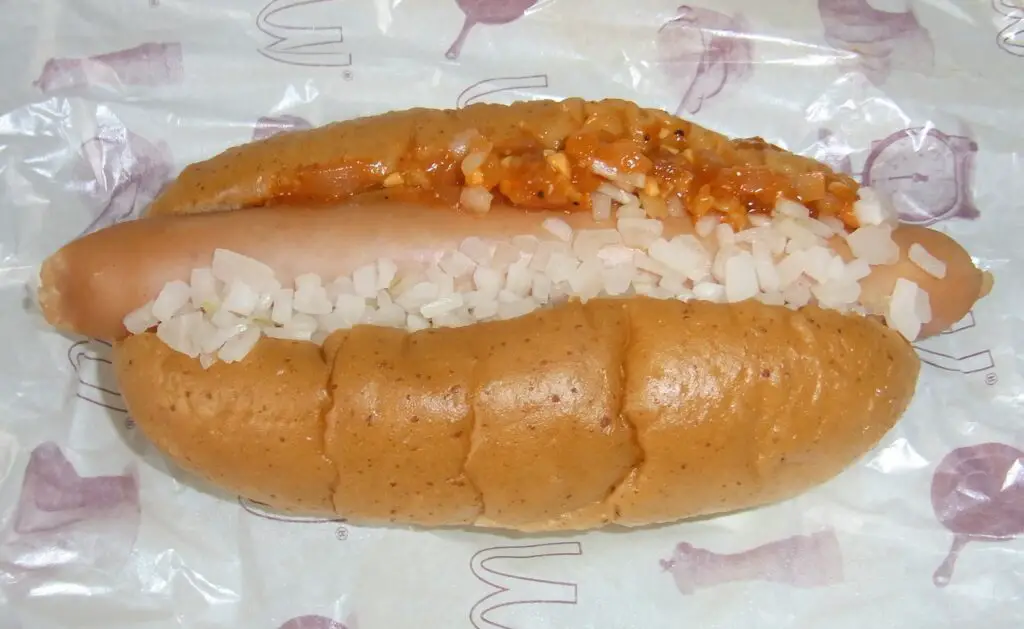
Back in the early 2000s, McDonald’s attempted to break into the hot dog market with the McHotDog. They hoped the portable snack would appeal to a new audience, but it just didn’t mesh with the brand’s identity. The hot dog didn’t hold up against McDonald’s signature offerings like burgers and fries. It was neither as satisfying as a traditional hot dog nor as exciting as their other menu items.
The McHotDog was short-lived, vanishing from the menu without much fanfare. While it might have been an interesting move at the time, it didn’t resonate with McDonald’s loyal customers, and the hot dog craze never took off. The McHotDog serves as a reminder that, sometimes, a brand is best sticking to what it does best.
15. Wendy’s “Superbar”
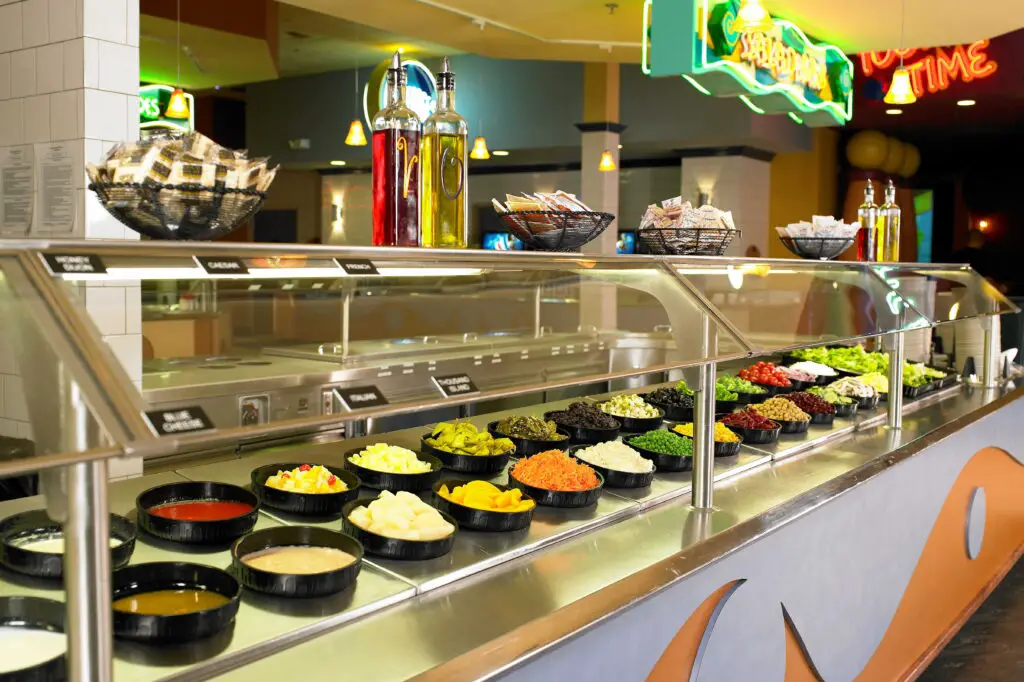
Wendy’s introduced the “Superbar” in the early ’80s as an attempt to compete with salad bars in other restaurants. The idea was to offer a buffet-style spread with a variety of options, including pasta, tacos, and salads, where customers could customize their meals. While it seemed like a good idea on paper, the execution didn’t live up to expectations.
The Superbar wasn’t as popular as Wendy’s hoped, and after several years, it was discontinued. Customers didn’t flock to Wendy’s for an all-you-can-eat bar, and the novelty wore off quickly. The Superbar is now a forgotten part of Wendy’s history, a reminder that the fast food model works best when things are quick, simple, and to the point.
16. McDonald’s Onion Nuggets
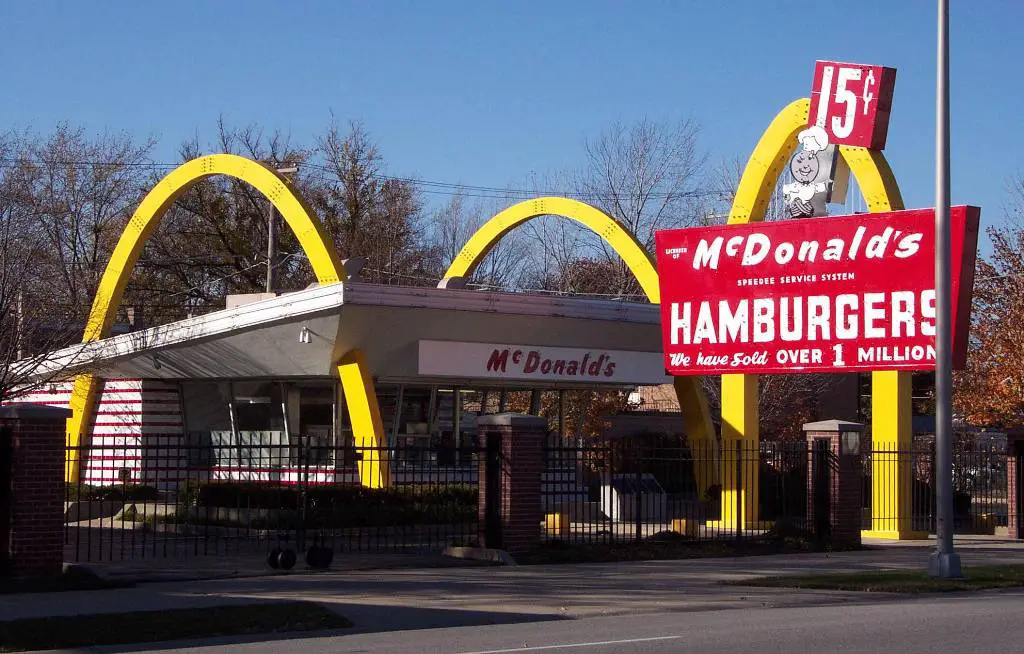
McDonald’s Onion Nuggets were an attempt to offer a new spin on their standard menu items in the ’70s. Essentially, they were bite-sized onion rings, but they didn’t deliver the satisfying crunch that customers wanted. Instead of being crispy, they were often soggy, which led to disappointment among those who had high expectations.
The Onion Nuggets didn’t last long on the menu, and McDonald’s quickly pulled the product. Despite the potential for a new side dish, the execution was flawed. The Onion Nuggets are now an obscure part of McDonald’s past, a lesson in why some foods just don’t work as nuggets.
17. Taco Bell’s “Bell Beefer”
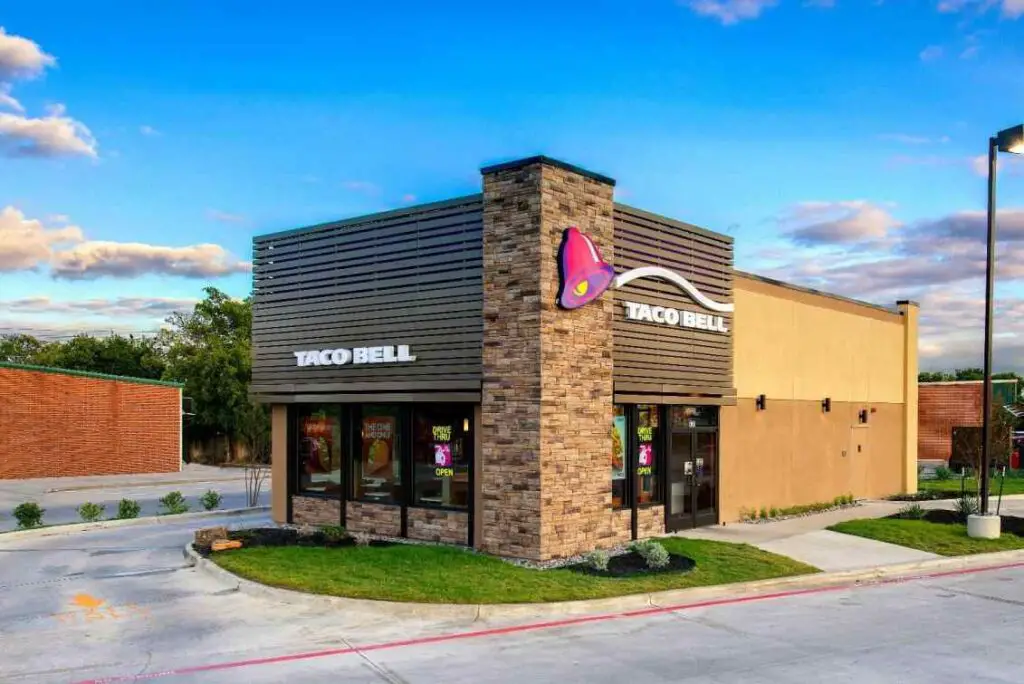
Taco Bell’s Bell Beefer was a cross between a sloppy joe and a taco, featuring seasoned beef, lettuce, and cheese served on a bun. The creation tried to combine two beloved fast foods into one, but it didn’t have much appeal beyond the novelty factor. The Bell Beefer failed to make an impact, especially as Taco Bell was already known for its tacos, burritos, and other core offerings.
It wasn’t long before the Bell Beefer was erased from Taco Bell’s menu. While Taco Bell has been known for its experimental menu items, this one didn’t seem to have the staying power. The Bell Beefer is now a relic of Taco Bell’s past, remembered only by those who were curious enough to give it a try.
18. Burger King’s “Frings”
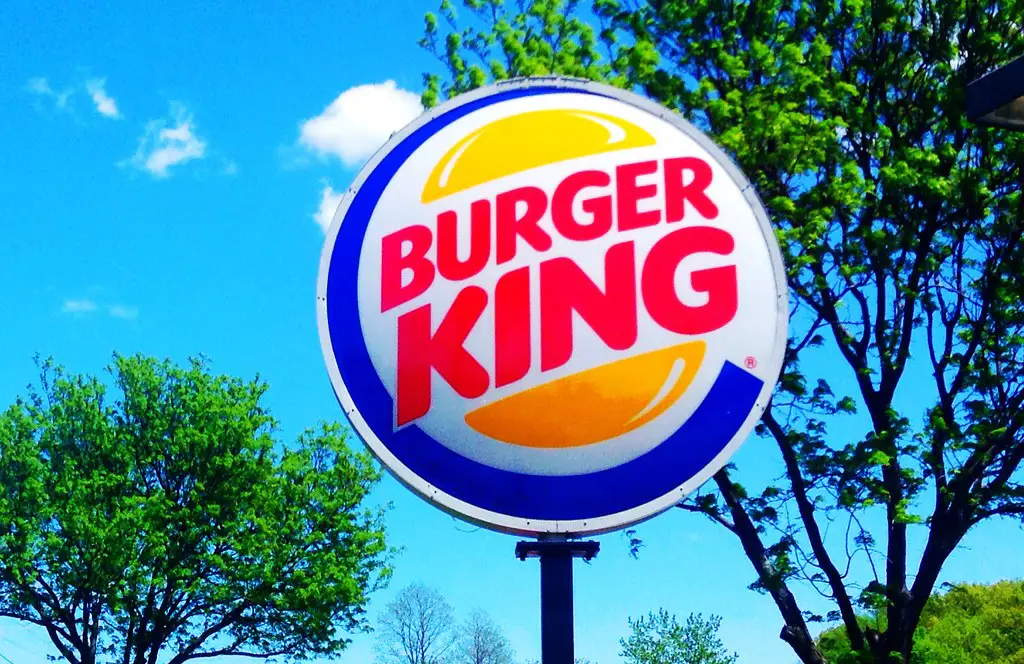
Burger King’s Frings was a hybrid side dish that combined fries and onion rings in one serving. While it might sound convenient, the concept didn’t do either item justice. The fries and onion rings didn’t complement each other as well as expected, and the combination left many unsatisfied.
Frings quickly disappeared from the menu, proving that some ideas are better left in the test kitchen. While combining fries and onion rings might sound like a good idea at first, it didn’t live up to expectations in execution. The Frings experiment is another example of how sometimes, simpler is better.
19. McDonald’s McPizza
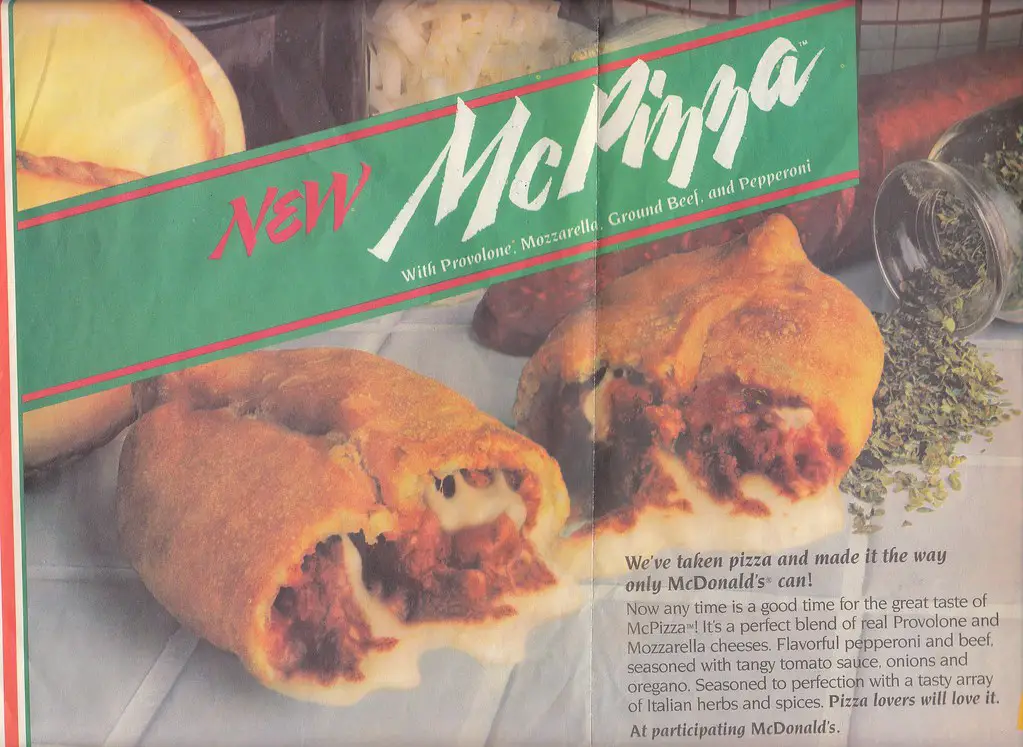
In the early ’90s, McDonald’s made an ambitious attempt to enter the pizza market with McPizza, a fast food-style pizza that was served in a traditional pizza box. The pizza was made with the same McDonald’s fast food efficiency, but the idea didn’t quite catch on. The pizza took too long to prepare compared to McDonald’s signature quick-service meals, and customers weren’t willing to wait for a pizza at a fast food restaurant. The taste didn’t match up to other pizza chains, either.
McPizza was quickly phased out after a brief run, disappearing from McDonald’s menu by the mid-’90s. Despite the novelty of a fast food pizza, McDonald’s realized that pizza wasn’t quite the fit for their brand. McPizza now remains a curious footnote in fast food history, serving as an example of why some foods just don’t translate well into the fast food model.
20. Burger King’s “Yumbo”
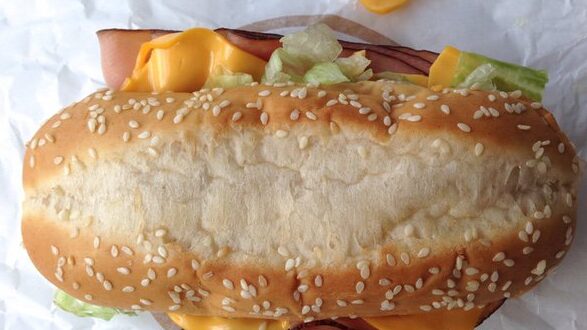
Burger King’s Yumbo was a hot ham and cheese sandwich that was introduced in the ’60s. It was a bold departure from the usual fast food fare, offering a simpler alternative to their regular burgers. The sandwich was served warm, with melted cheese and ham, but it didn’t catch on with customers. It was a somewhat odd choice for a fast food chain, as it didn’t fit with the core offerings of burgers and fries.
The Yumbo was discontinued after just a few years, making it a short-lived menu item. While Burger King has since embraced many quirky menu options, the Yumbo was ahead of its time in an era when fast food customers were mainly looking for burgers and fries. It’s now a forgotten relic of Burger King’s past, serving as a reminder that even the most unique ideas can fall flat if they don’t align with the brand’s identity.
